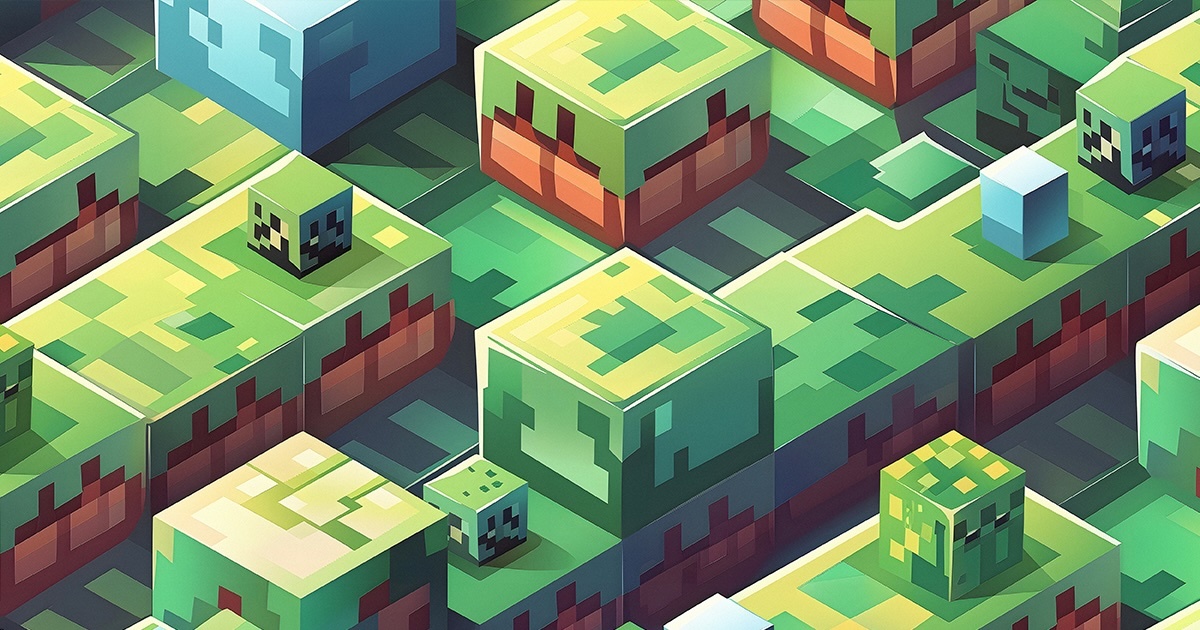
Introduction
Setting up your learning space is a crucial step in embarking on your coding journey from the comfort of your living room. When it comes to choosing the right location, select a spot that offers minimal distractions and ample natural light, if possible. A quiet corner or a dedicated room is ideal for creating a focused learning environment. Once you’ve chosen your location, it’s time to organize your workspace. Ensure your computer or laptop is set up with all the necessary coding software and tools, keeping them within arm’s reach. A clutter-free desk and efficient cable management can help keep distractions at bay. Additionally, pay attention to ergonomics and comfort considerations to avoid strain or discomfort during long coding sessions. Invest in an ergonomic chair and an adjustable desk to maintain a healthy posture, and consider incorporating some personal touches to make the space inviting and inspiring. A well-thought-out learning space can significantly enhance your child’s coding experience and productivity.
Learning Resources
When it comes to teaching kids how to code, there is a wide range of educational resources available. Online platforms and courses designed specifically for children, like Scratch and Code.org, offer a playful and interactive approach to coding. These resources often use visual, block-based programming languages that make it easy for kids to grasp coding concepts without the need for advanced reading or typing skills. In addition to online tools, there are numerous books and ebooks geared towards younger learners that combine coding with engaging stories and activities, making the learning process both educational and fun.
Tutorials and coding websites, adapted for children, can provide step-by-step guidance on how to create simple games, animations, or websites. These resources encourage hands-on learning and experimentation, allowing kids to see the immediate results of their code.
Tynker stands out as an excellent choice for kids learning to code due to its various advantages. It provides a self-guided learning experience that allows children to explore coding at their own pace, fostering independence and critical problem-solving skills. Tynker utilizes block-based coding, making it easy for young learners to create programs by snapping together visual code blocks. This visual approach eliminates the need for typing and syntax memorization, reducing the barriers to entry for kids new to coding.
One of Tynker’s strengths is its use of incentives, including game-based challenges and rewards, which motivate kids to keep progressing. These incentives not only make learning coding more engaging but also teach the importance of persistence and perseverance.
Moreover, Tynker is an excellent choice because it seamlessly transitions from block-based coding to text-based coding, preparing young learners for more advanced programming languages. This gradual progression empowers kids to tackle more complex coding projects as they grow and develop their skills. Tynker, with its comprehensive approach to coding education, offers a holistic learning experience that is both enjoyable and highly effective for children.
Coding communities and forums, specifically designed for young programmers, can be a fantastic resource for kids to connect with like-minded individuals and mentors. Websites like Scratch’s online community provide a safe and collaborative environment where kids can share their projects, get feedback, and learn from others.
When teaching kids how to code, it’s essential to choose resources that align with their age and skill level, offering an engaging and supportive learning experience. These diverse resources ensure that coding for kids is not only educational but also an enjoyable adventure.
Dealing with Frustration
For parents guiding their kids through the exciting journey of learning to code, it’s essential to be prepared for common challenges that may arise. First and foremost, dealing with frustration is a crucial skill to instill in young learners. Coding can be complex and sometimes, things may not work as expected. Encourage your kids to see challenges as opportunities for growth, and help them develop a resilient mindset when they encounter roadblocks.
Handling errors and bugs is a fundamental aspect of coding, and it’s perfectly normal for children to encounter them in their projects. Teach them that debugging is an essential part of the coding process, and it’s through fixing errors that they’ll truly understand how their code works. Encourage them to approach errors with patience and a problem-solving attitude.
As your child progresses in their coding journey, they may encounter plateaus in their learning where they feel like they’re not making as much progress as before. It’s important for parents to provide support and remind them that plateaus are a natural part of the learning process. Offer encouragement, suggest new projects, or even consider taking breaks to recharge creativity. By addressing these common challenges, parents can help their kids navigate the world of coding with confidence and determination.
Conclusion
In conclusion, as parents, you play a pivotal role in guiding your children through the exciting world of coding. To recap the key points discussed in this guide, you should ensure that your child’s learning space is comfortable and conducive to focused learning. Offer them a variety of learning resources, like online courses, books, tutorials, and opportunities to connect with coding communities. Always be prepared to assist your child in troubleshooting common challenges such as frustration, errors, and plateaus in their learning journey.
But perhaps most importantly, provide a constant source of encouragement and motivation. Celebrate their successes, no matter how small, and remind them that mistakes are a natural part of the coding process. Encourage their creativity and problem-solving skills, fostering a growth mindset that will serve them well in coding and in life.
As your child’s coding journey continues, be mindful of their evolving interests and skills. Encourage them to explore new projects, languages, and technologies. The next steps in their coding journey may lead to more advanced challenges, perhaps even setting the stage for a future in computer science or technology. Above all, keep the joy of learning and the spirit of curiosity alive in your child’s coding adventure, and you’ll be providing them with valuable skills and a world of possibilities.
Coding for Kids Related Searches
Artificial Intelligence Coding
Check out Tynker’s Curriculum and learn more about inspiring the next generation to change the world through code.




